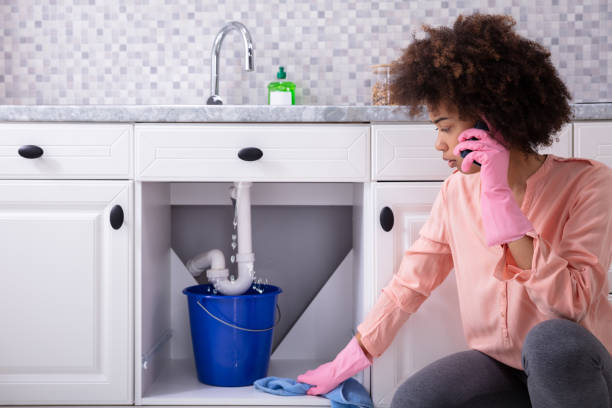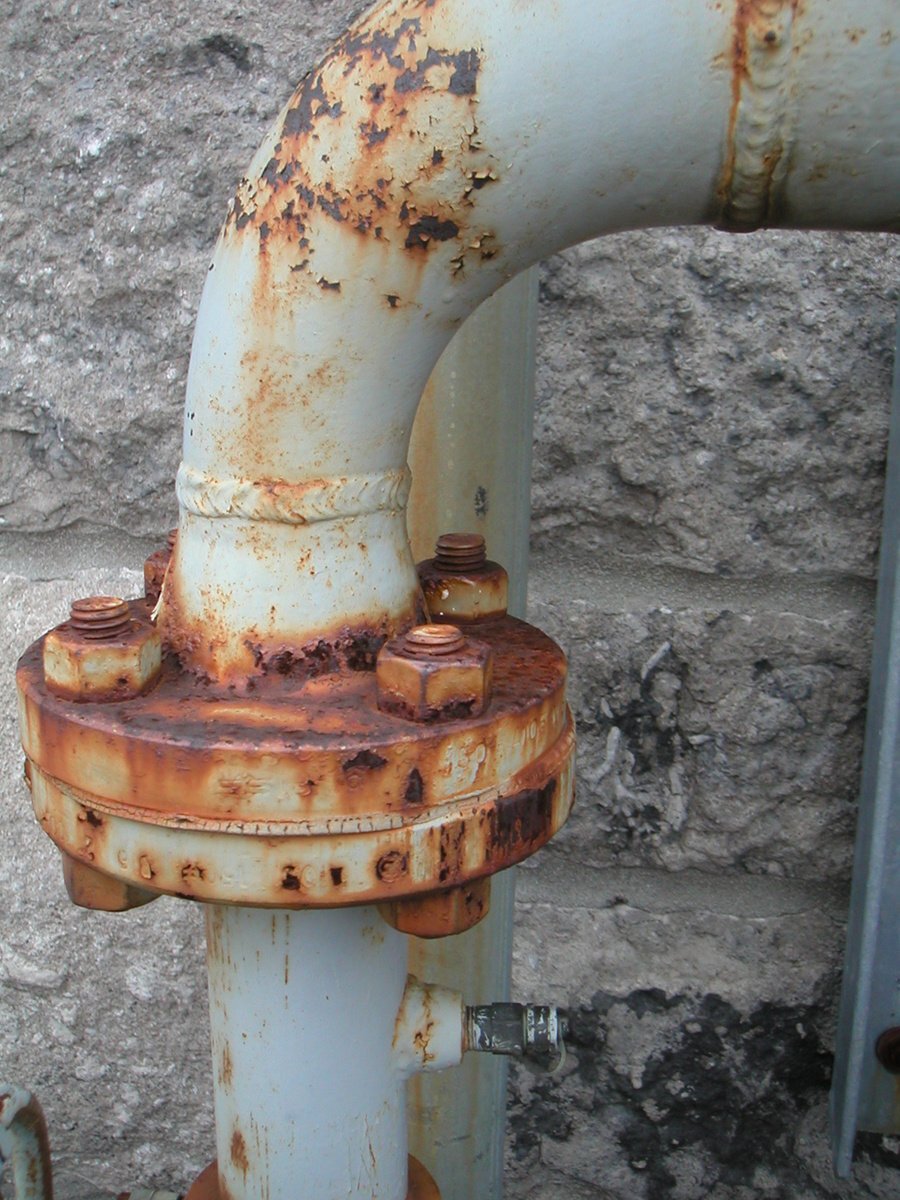Expert Tips on Dealing with Plumbing in Older Homes
Expert Tips on Dealing with Plumbing in Older Homes
Blog Article
How do you really feel in relation to Plumbing Issues in Older Properties and How to Fix Them?

Older homes often come with beauty, personality, and background, but they can additionally bring a host of plumbing issues. Whether you're dealing with aging pipelines, low tide pressure, or leaks, recognizing how to attend to these typical troubles is important to preserving a secure and useful home. In this guide, we'll discover the common plumbing challenges faced by older homes and provide functional options to maintain your pipes in leading form.
Recognizing Typical Pipes Issues
Aging Pipelines
Among one of the most common issues in older homes is maturing pipelines. Depending upon the era in which your home was constructed, the pipelines might be made from products that have worn away gradually, such as galvanized steel, cast iron, or perhaps lead. These materials can wear away, become weak, or develop leakages, bring about water damages and possible carcinogen.
Water High Quality Screening
Older pipelines can impact the high quality of your water. Conduct a water high quality test to look for contaminants such as lead, corrosion, or various other impurities that may be presented by maturing pipes.
Solutions for Typical Plumbing Issues
Changing Aging Pipes
If your home has old, degrading pipelines, take into consideration replacing them with contemporary products like copper or PEX. This can be a significant financial investment, but it will stop future problems and enhance the safety and security and reliability of your pipes system.
Fixing Low Water Pressure
To deal with low water pressure, begin by cleansing or replacing old fixtures and getting rid of mineral build-up in the pipelines. If the problem lingers, it might be needed to replace sections of corroded pipes.
Repairing and Changing Leaking Pipelines
For small leakages, you can use pipe clamps or epoxy putty as a temporary repair. Nonetheless, it's ideal to change dripping pipes entirely to prevent more damage.
Upgrading Fixtures
Upgrading old fixtures to modern-day, water-efficient models can improve your home's plumbing performance and reduce water consumption. Seek components with the WaterSense tag for the very best performance.
Taking Care Of Pipe Deterioration
If your pipes are corroded, replacing them with corrosion-resistant materials like copper, PVC, or PEX is the most effective remedy. Routine assessments and water top quality upkeep can help avoid additionally deterioration.
Low Water Stress
If you're experiencing low water stress, maybe as a result of mineral deposits, rust inside the pipes, or old fixtures that are no longer operating effectively. This can be a significant inconvenience, particularly in locations like showers and sinks.
Leaking Pipelines
Leaks are one more frequent issue in older homes, commonly brought on by corroded or damaged pipes. Even little leakages can result in substantial water damage, mold and mildew growth, and increased water bills otherwise dealt with without delay.
Out-of-date Components
Obsolete plumbing fixtures such as taps, bathrooms, and showerheads not just look old but may likewise be less efficient, susceptible to leaks, or inappropriate with modern pipes standards.
Pipe Deterioration
Rust is a common issue in older pipes, particularly those made from galvanized steel or cast iron. Corroded pipes can limit water flow, cause staining, and at some point lead to leaks or pipe bursts.
Evaluating the Problem of Your Pipes
Examining Noticeable Pipes
Start by checking any kind of noticeable pipes in your home, such as those in basements, crawl spaces, or under sinks. Look for indicators of rust, leakages, or corrosion, which can indicate underlying issues.
Looking for Leaks
Look for leakages by examining areas around taps, commodes, and under sinks. You can additionally check your water meter prior to and after a period of no water utilize to detect surprise leaks.
When to Call a Professional
While some plumbing concerns can be managed with DIY solutions, there are times when it's best to contact a professional. If you're dealing with major leaks, extensive rust, or are uncertain about the problem of your pipelines, a qualified plumber can offer skilled evaluation and fixing.
Preventive Upkeep Tips
Regular Inspections
Consistently evaluate your pipes system for signs of wear and tear. Capturing problems early can protect against expensive repair work down the line.
Water Pressure Regulation
Guarantee your water pressure is within the advised array to prevent stressing your pipes and components. A plumbing can set up a stress regulatory authority if needed.
Water High Quality Maintenance
Install water filters or softeners if your water high quality is poor. This can safeguard your pipelines and fixtures from damages caused by tough water or impurities.
Positive Pipe Replacement
If your home has older pipes, take into consideration aggressive substitute before significant concerns develop. This can conserve you from emergency situation fixings and water damages.
Final thought
Dealing with pipes concerns in older homes calls for a combination of watchfulness, precautionary upkeep, and timely upgrades. By recognizing the typical difficulties and recognizing when to seek specialist assistance, you can guarantee your plumbing system stays practical and trustworthy for several years ahead.
Common Plumbing Issues in Older Homes and How to Fix Them
Owning an older home in Australia comes with its unique charm and a set of challenges, especially when it comes to plumbing. The Sunshine Coast has many older properties that can harbour plumbing problems that aren t just inconvenient but potentially costly. Here s a look at some common plumbing issues in older homes and expert advice on how to handle them.
Outdated Piping Materials
Many older homes were built with galvanised steel, cast iron, or even lead pipes, materials that are far from ideal by today s standards. Galvanised pipes are prone to corrosion and clogging, while lead pipes pose serious health risks.
How to Fix:
Replacing old pipes is a job for a professional. Upgrading to copper or PVC piping not only enhances water quality and flow but also increases the property s safety and value. If you suspect your home has outdated materials, a licensed plumber can conduct a thorough inspection and recommend the best course of action.
Corrosion and Pipe Degradation
Over time, exposure to water and minerals can cause pipes to corrode, leading to leaks, bursts, and water contamination. Corrosion is especially common in homes over 50 years old.
How to Fix:
Regular inspections can catch early signs of corrosion. If corrosion is found, the affected section of piping often needs to be replaced. For homes with extensive corrosion, a complete plumbing overhaul might be necessary. It s crucial to consult with a plumbing expert to understand the extent of the issue.
Tree Root Intrusion
Older neighbourhoods usually have mature trees whose roots can intrude into pipe lines, causing blockages or damage. This is particularly problematic for sewer lines, where roots seek out water sources.
How to Fix:
A plumber can use a specialised camera to inspect sewer lines for root intrusion. If roots are a problem, methods like root cutting or hydro-jetting can clear the obstruction. In severe cases, part of the pipe may need replacing. Consider root barriers around the piping to prevent future issues.
Inadequate Water Pressure
Low water pressure in older homes can be due to various factors, including corroded water lines, sediment build-up in pipes, or outdated fixtures.
How to Fix:
First, check if the low pressure is isolated to one area or throughout the house. Replacing old fixtures can sometimes resolve the issue. However, if the problem is more widespread, it might be due to sediment or corrosion. Flushing the system or replacing the affected pipes usually restores normal pressure. Again, a professional assessment is advisable.
Outdated Fixtures
Older homes often feature fixtures that are not only visually dated but functionally inefficient. This includes everything from toilets and taps to showerheads and washing machine hoses.
How to Fix:
Updating these fixtures can improve both water efficiency and the aesthetic appeal of your home. Modern fixtures are designed to conserve water, which can significantly reduce your water bill and lessen your environmental impact.
Conclusion
Maintaining the plumbing in an older home requires a proactive approach. Regular checks and updates are key to preserving these beautiful properties. If you re facing plumbing issues in your older home, it s best to call on experienced professionals like Green & Gold Plumbing & Gas. With the right expertise, even the most daunting plumbing problems can be resolved, ensuring that your home s character is maintained while its functionality is enhanced.
https://gandgplumbing.com.au/common-plumbing-issues-in-older-homes-and-how-to-fix-them/

Do you appreciate reading about Plumbing Problems In Old Homes? Post a review below. We'd be glad to see your reactions about this blog. In hopes that you come back again in the near future. Are you aware of someone else who is excited by the niche? Do not hesitate to promote it. We love reading our article about Common Plumbing Challenges In Old Buildings.
Go Deal Now Report this page